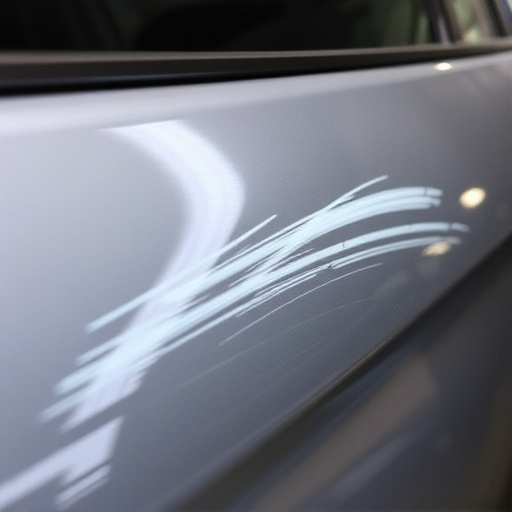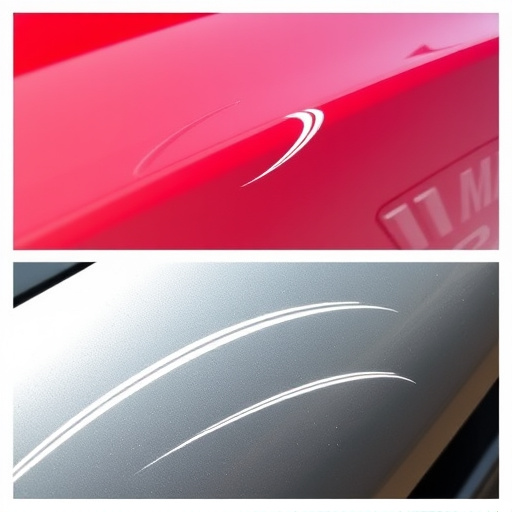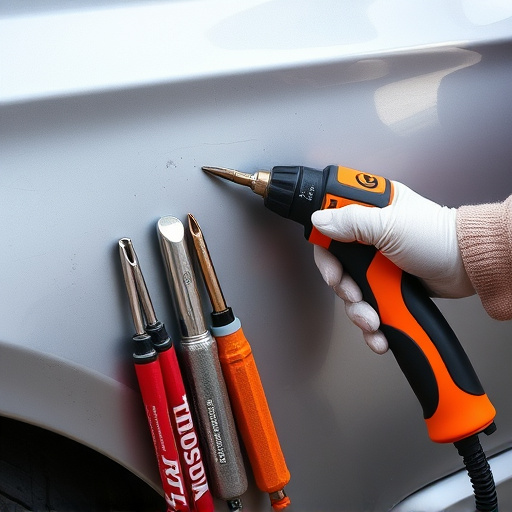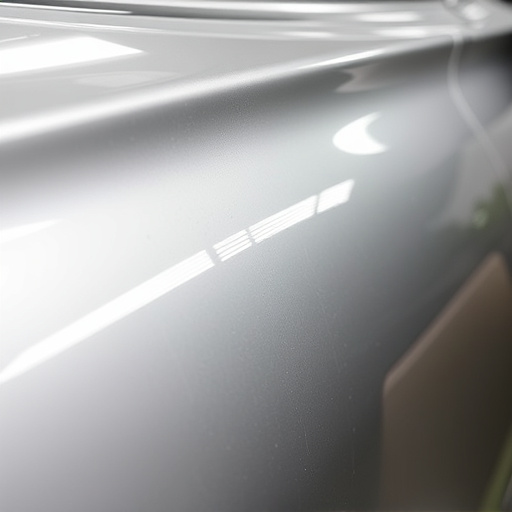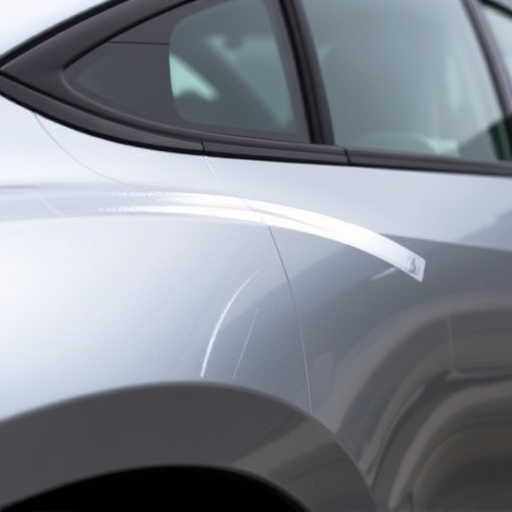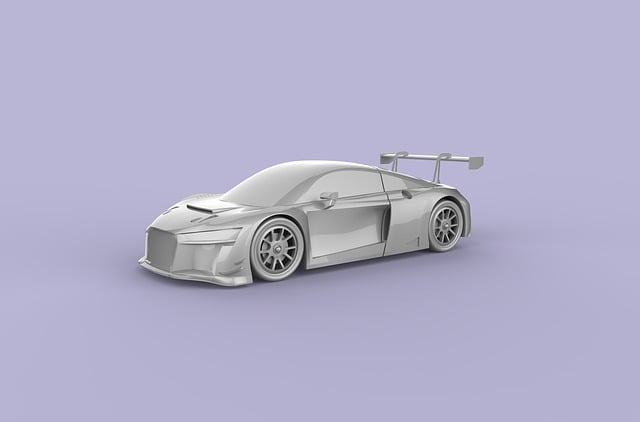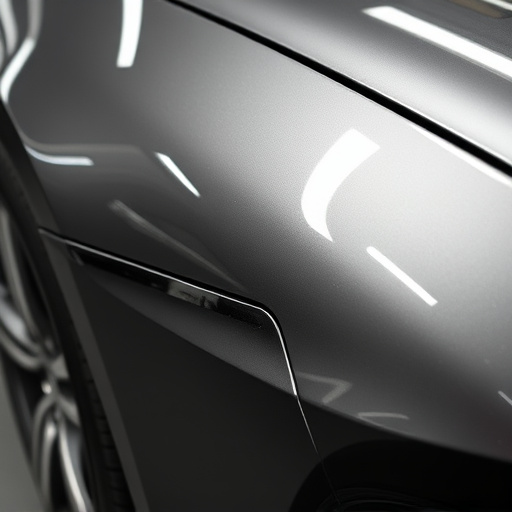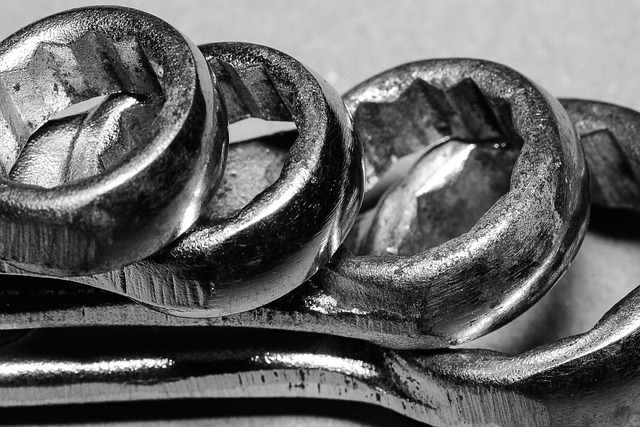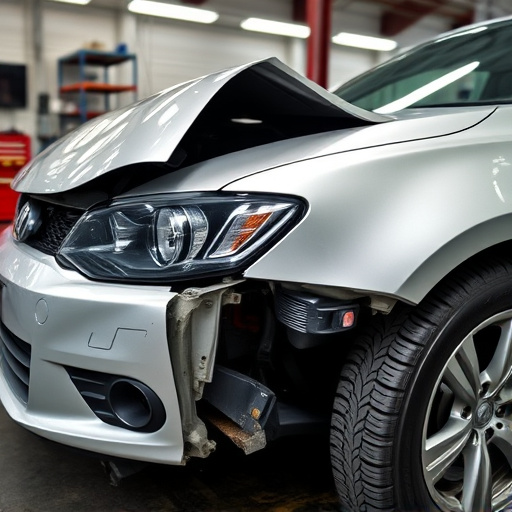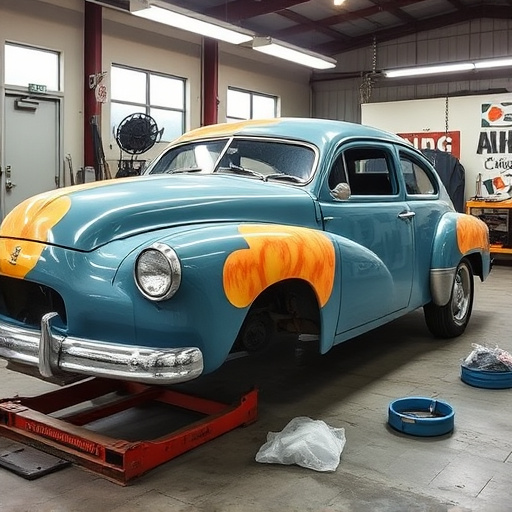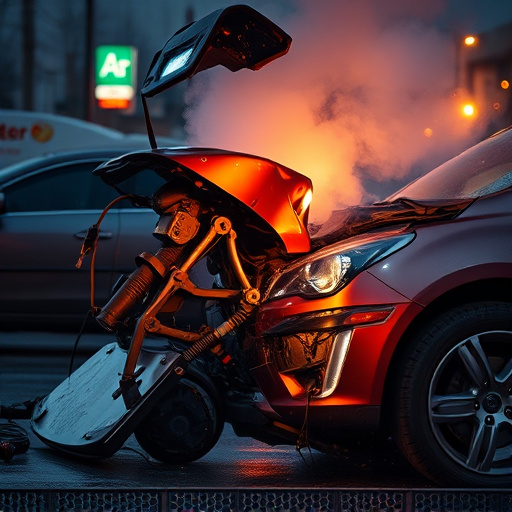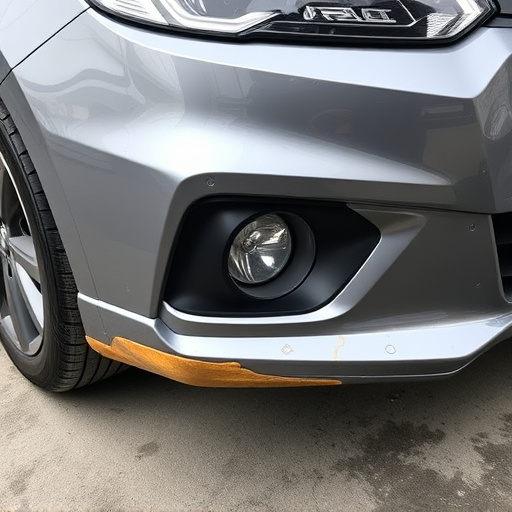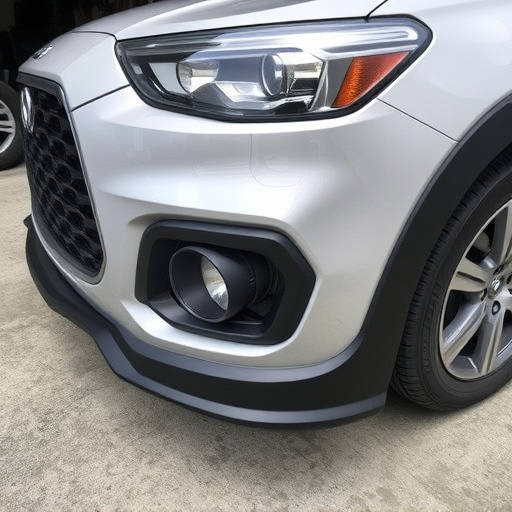Concours level repair demands meticulous attention to detail, combining historical accuracy and advanced techniques. Judges scrutinize vehicles for defects, and restoration specialists use precise methods to achieve flawless finishes, preserving original design intent. This intricate process includes disassembly, detailed documentation, and color matching, ensuring historic vehicles meet stringent criteria for concours-level excellence.
Interior restoration plays a pivotal role in achieving concours level judging standards, ensuring vehicles not only look their best but also meet meticulous historical accuracy. Understanding the intricacies of concours judging criteria is key. This article delves into the critical aspects of interior restoration required for perfection, offering a comprehensive guide to restoring historic vehicles to their original glory. Learn about step-by-step processes tailored for concours level repair.
- Understanding Concours Level Judging Criteria
- Key Aspects of Interior Restoration for Perfection
- Restoring Historic Vehicles: A Step-by-Step Guide
Understanding Concours Level Judging Criteria
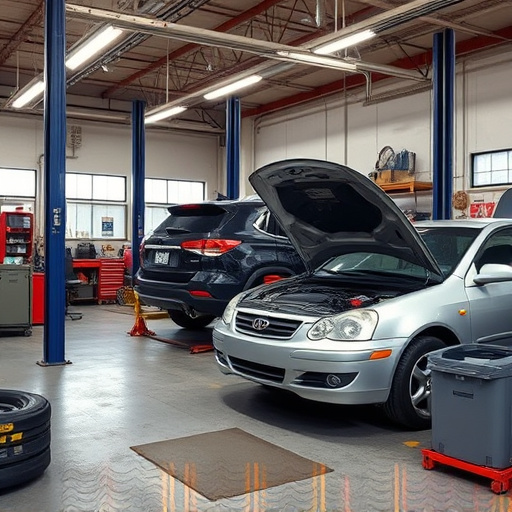
Concours level judging is a meticulous process that demands a deep understanding of automotive aesthetics and craftsmanship. Judges assess vehicles on various criteria, including paint quality, panel fit, trim alignment, and overall restoration accuracy. Each car is scrutinized for defects like scratches, dents, or misalignments in the vehicle bodywork, as these can significantly impact the final score. The goal is to achieve a flawless finish that reflects the original design intent—a standard often associated with expert car collision repair techniques.
Restoration specialists play a pivotal role in meeting these concours level repair benchmarks. They employ advanced techniques for dent removal and precise body panel adjustments, ensuring every curve and contour aligns perfectly. Through meticulous attention to detail during the restoration process, they create a symphony of seamless lines and surfaces that capture the essence of classic automotive design.
Key Aspects of Interior Restoration for Perfection
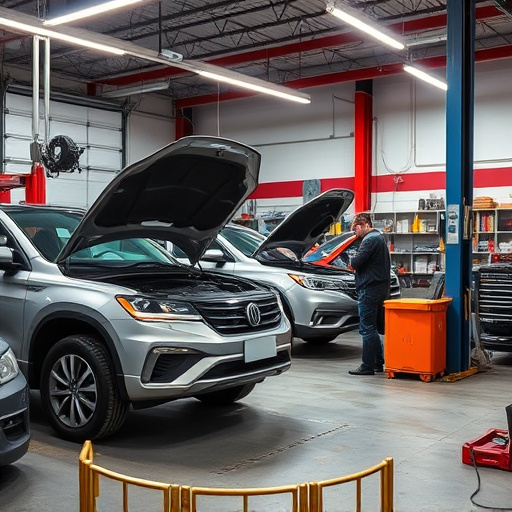
Achieving perfection in interior restoration is a meticulous art that demands precision and an eye for detail. When it comes to concours level judging, every element must be flawless, as even the smallest imperfection can impact a vehicle’s overall score. The key aspects of this process involve meticulous research and understanding of the original design and materials used in the car’s manufacture. This includes accurately matching colors, textures, and finishes to ensure an authentic, period-correct restoration.
Specialized auto body repair techniques are employed to address structural damage while preserving the vehicle’s integrity. Skilled technicians utilize advanced car paint services to achieve seamless blends and flawless finishes, as seen in top-tier auto body shops. Every step requires a deep knowledge of automotive history and an unwavering commitment to quality, ensuring that the restored interior not only meets but exceeds the strict standards set by concours judges.
Restoring Historic Vehicles: A Step-by-Step Guide
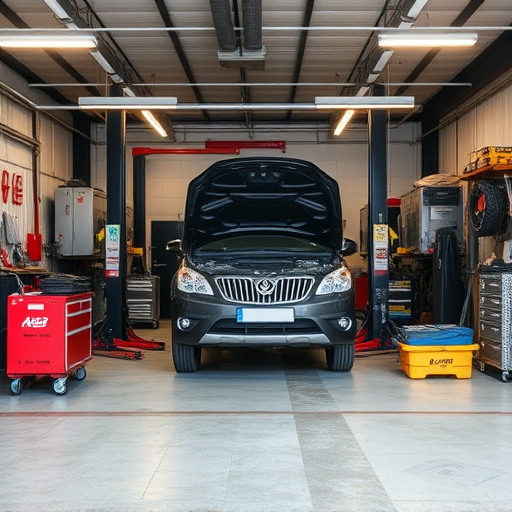
Restoring historic vehicles to their former glory is a meticulous process that demands precision and an in-depth understanding of automotive history. For cars aiming to meet concours level judging standards, every detail matters. Here’s a simplified step-by-step guide for this specialized task:
1. Assessment: Begin by thoroughly inspecting the vehicle, identifying areas affected by collision damage or age-related wear. This stage is crucial in developing a repair plan that respects the car’s original integrity while addressing necessary restoration. For instance, in a Mercedes Benz collision repair scenario, assessing unique features and classic design elements ensures their preservation during the restoration process.
2. Disassembly and Documentation: Depending on the extent of damage, disassembling the vehicle may be required. This involves carefully taking apart components to access hidden areas needing repair. Documenting each step with detailed photos or videos is essential for tracking progress and ensuring every part is returned to its correct position. Collision damage repair at this level requires a meticulous approach, especially when dealing with intricate car models.
Interior restoration plays a pivotal role in achieving Concours level judging standards, where every detail matters. By understanding the precise criteria and implementing meticulous restoration techniques, enthusiasts can transform vehicles into true works of art. The step-by-step guide provided offers a roadmap for historic vehicle restoration, ensuring that each element aligns with the highest standards required to excel in concours events.
